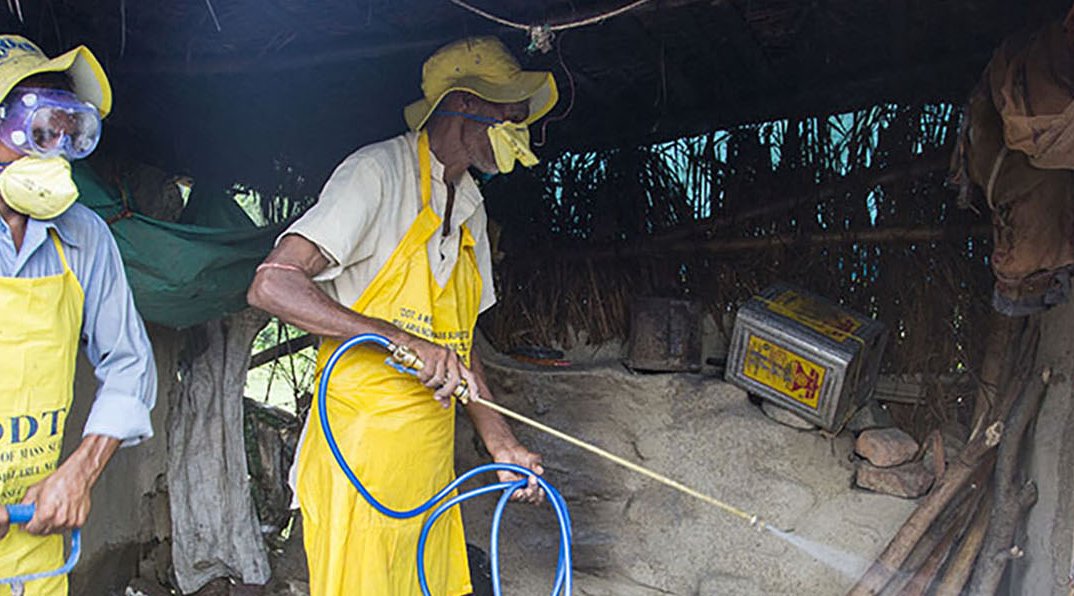What is Visceral leishmaniasis?
Visceral leishmaniasis (also known as kala-azar) affects people in Africa, Asia and Latin America. Programs reported nearly 12,000 cases in 2023. Visceral leishmaniasis is caused by the infected bites of sandflies that breed in and around homes or farms.
If visceral leishmaniasis progresses, it attacks the immune system and affects the bone marrow and internal organs (including enlargement and impaired function of the spleen and liver), as well as causing irregular bouts of fever, substantial weight loss and anaemia. Without treatment, visceral leishmaniasis can have a fatality rate as high as 100% within two years.
The disease is linked to poverty.
Key stats
-
Over 90%
decrease in Indian subcontinent from 2015 to 2023
-
12,000 cases
reported in 2023
Number of new visceral leishmaniasis cases reported by countries in 2023
Number of visceral leishmaniasis cases reported by year
What is Cutaneous leishmaniasis?
Cutaneous leishmaniasis affects people in the Americas, the Mediterranean basin, the Middle East and Central Asia. It is estimated that between 600 000 to 1 million new cases occur worldwide annually.
Cutaneous leishmaniasis(CL) is the most common form of leishmaniasis and causes skin lesions, mainly ulcers, on exposed parts of the body, leaving life-long scars and serious disability or stigma. In 2023 90% of new CL cases occurred in 11 countries: Afghanistan, Pakistan, Syrian Arab Republic, Brazil, Algeria, Peru, Colombia, Iran (Islamic Republic of), Iraq, Yemen, Sri Lanka
-
In 2023 90% of new CL cases
occurred in 11 countries
-
600,000 to 1 million
estimated new cases annually
Number of new cutaneous leishmaniasis cases reported by countries in 2023
Number of cutaneous leishmaniasis cases reported by year
Further information
